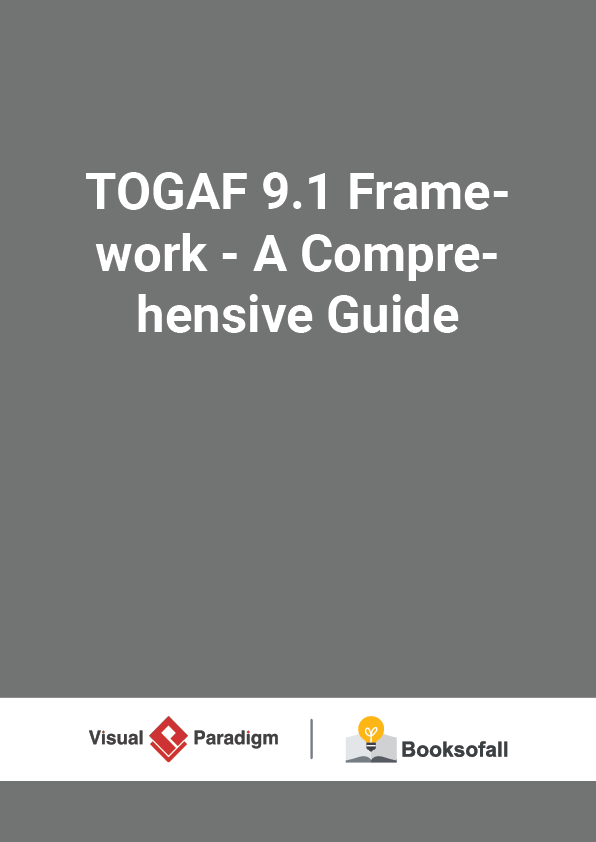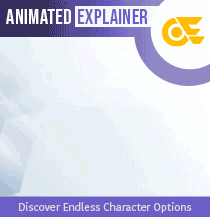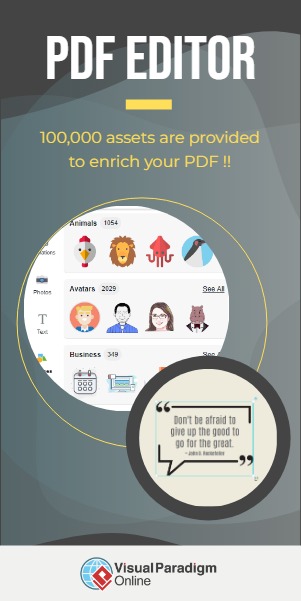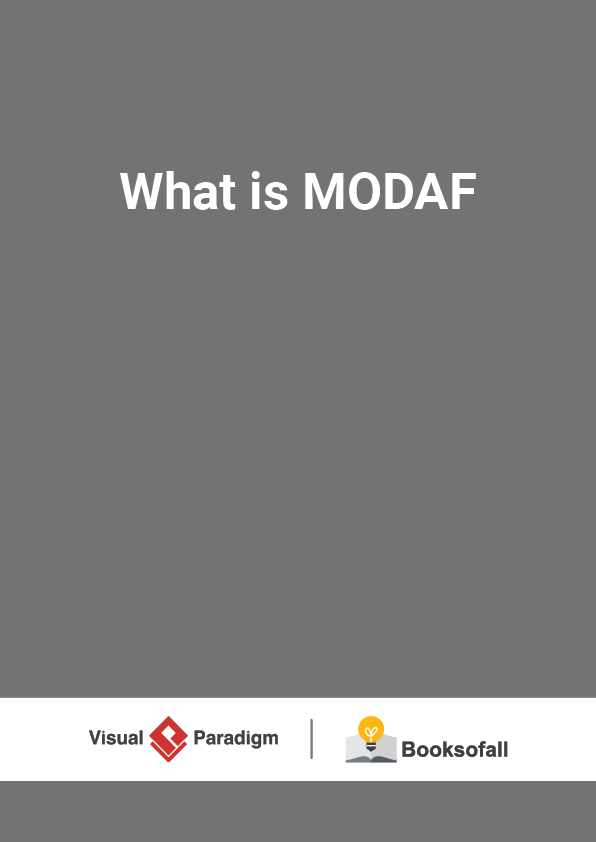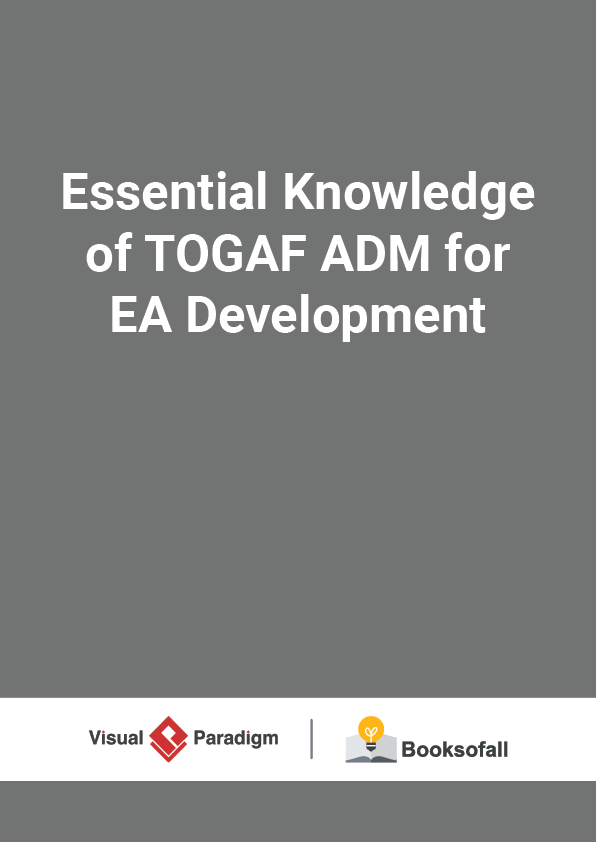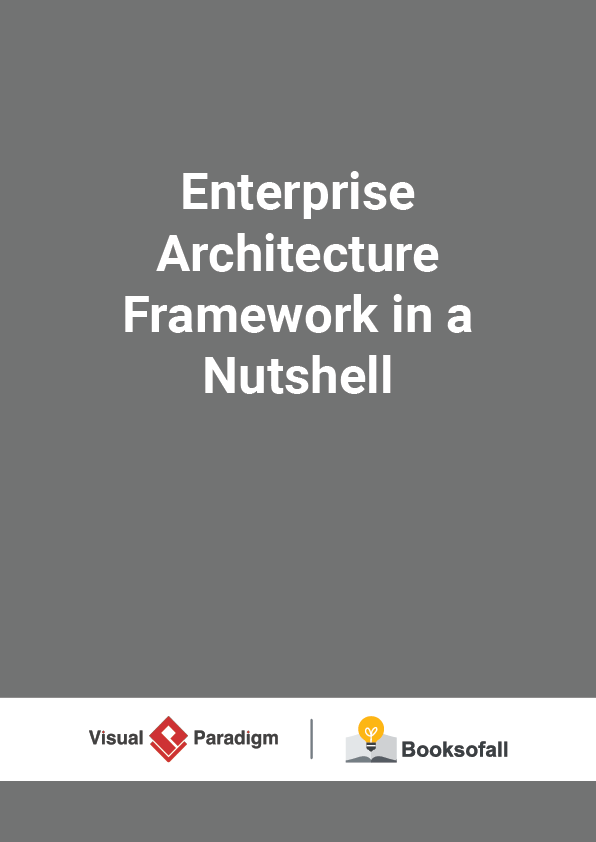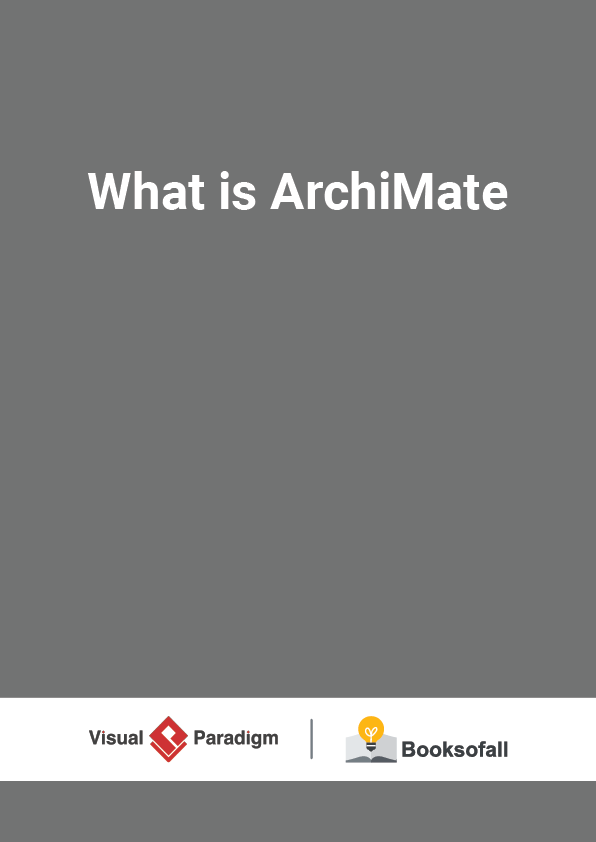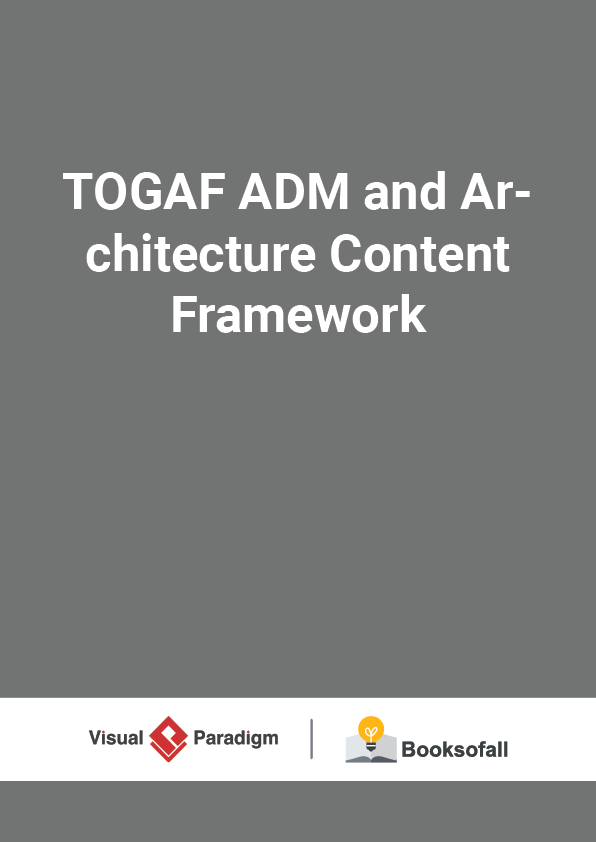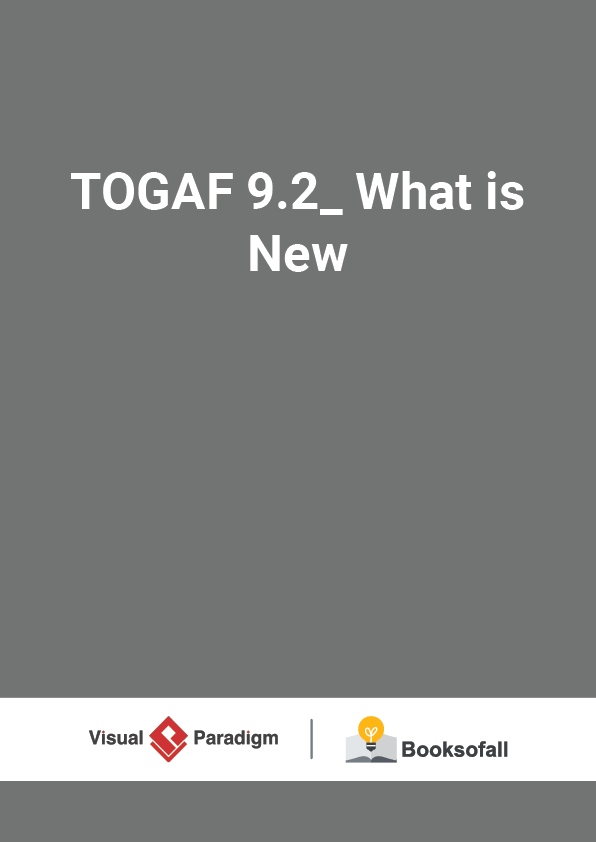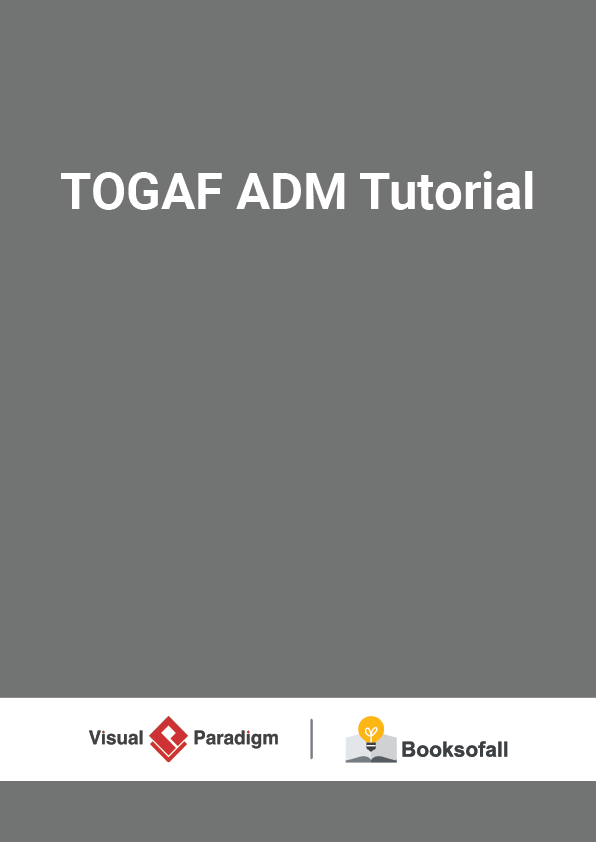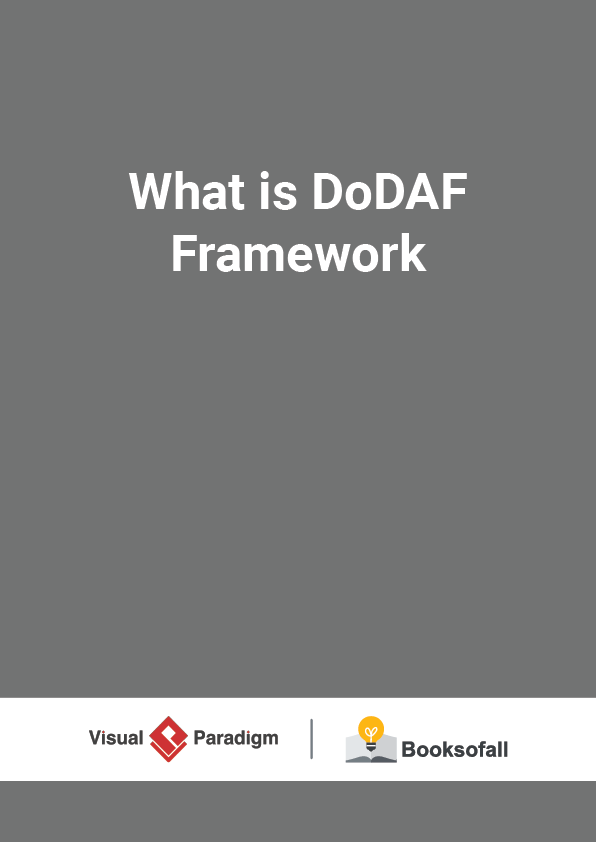TOGAF 9.1 Framework – A Comprehensive Guide
8-10 minutes
The Open Group Architecture Framework (TOGAF) is a framework – a detailed method and a set of supporting tools for planning, developing, maintaining and gaining value from an Enterprise Architecture. It may be used freely by any organization wishing to develop enterprise architecture for use within that organization. TOGAF 9 encompasses the entire enterprise architecture life cycle, which is important as architecture is a never ending journey, always changing and evolving. The figure below depicts the TOGAF Architecture Development Method (ADM) which covers the entire architecture life cycle .
Architecture Development Method (ADM)
The ADM central to TOGAF which describes a method for developing and managing the lifecycle of an enterprise architecture, and forms the core of TOGAF. It integrates elements of TOGAF described in this document as well as other available architectural assets, to meet the business and IT needs of an organization.
The TOGAF Architecture Development Method (ADM) provides a tested and repeatable process for developing architectures. Each phase of ADM below contains iterative (Continuous) sequence of steps to develop an enterprise-wide Architecture and the possible iterations:
Getting the organization committed and involved
- Preliminary Phase
- Phase A: Architecture Vision
Getting the Architecture right
- Phase B: Business Architecture
- Phase C: Information Systems Architectures
- Phase D: Technology Architecture
Making the Architecture work
- Phase E: Opportunities & Solutions
- Phase F: Migration Planning
- Phase G: Implementation Governance
Keeping the Process running
- Phase H: Architecture Change Management
- Requirement Phase: Requirements Management
ADM Guidelines and Techniques
TOGAF 9 ADM contains a collection of guidelines and techniques for use in applying TOGAF and the ADM. The guidelines document how to adapt the ADM process, whereas the techniques are used when applying the ADM process. Here are some examples of Guidelines and Techniques to support the application and adoption of the ADM:
Guidelines
Other Guidelines
Security Architecture and the ADM -Provides an overview of specific security considerations that should be considered during different phases of the ADM
Using TOGAF to Define & Govern SOAs – Shows how SOA concepts can be supported by the TOGAF framework
Techniques
Gap Analysis – A technique used in the TOGAF ADM to validate an architecture that is being developed
Architecture Content Framework
Architects executing the Architecture Development Method (ADM) will produce a number of outputs as a result of their efforts, such as process flows, architectural requirements, project plans, project compliance assessments, etc. The content framework provides a structural model for architectural content that allows the major work products that an architect creates to be consistently defined, structured, and presented.
